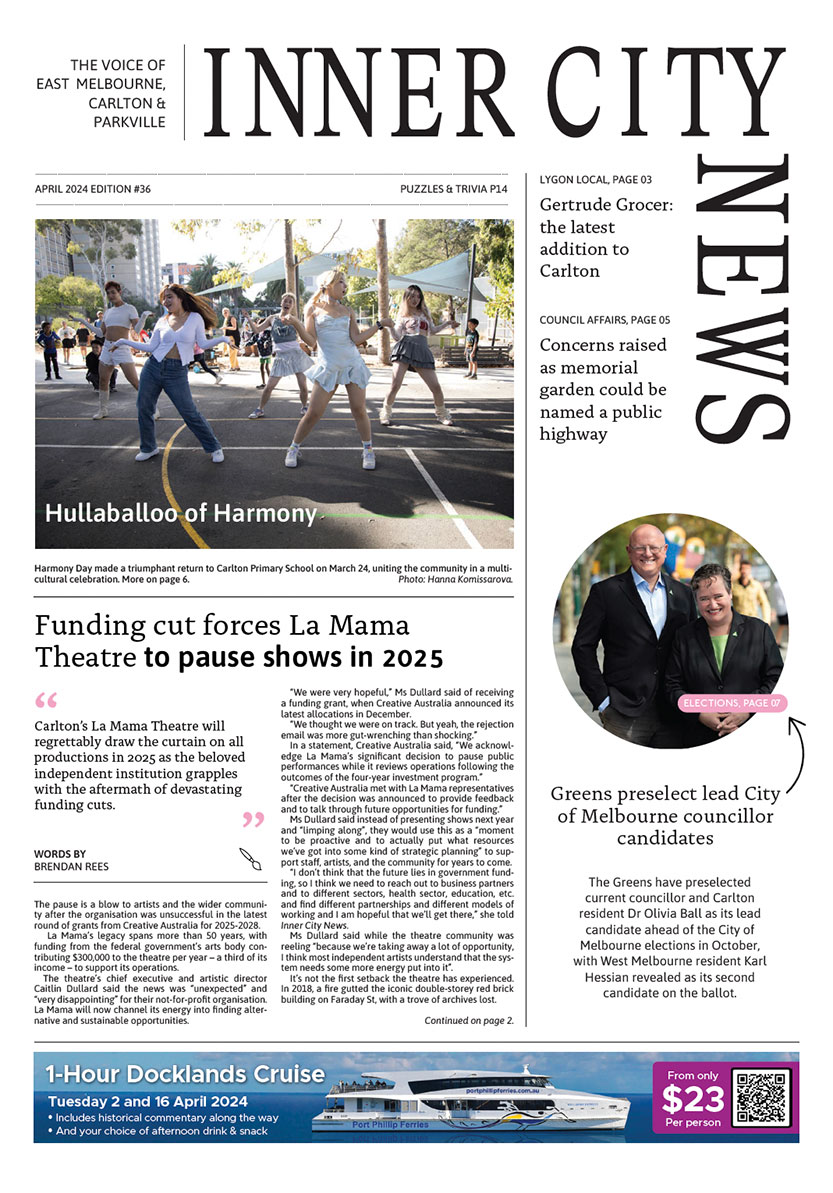Parkville walkway marks end of Metro tunnelling
A vital Metro Tunnel connection linking the future Parkville Station to Victoria’s world leading education and health precinct beneath one of Melbourne’s busiest arterials is now complete.
The excavation of the pedestrian link below Royal Parade marks the end of four years of tunnelling on the Metro Tunnel ahead of the city-shaping project’s opening in 2025.
Passengers arriving at Parkville Station will have direct access to the Royal Melbourne Hospital, Royal Women’s Hospital, Peter MacCallum Cancer Centre, the University of Melbourne and other key medical and research institutions through a 44-metre-long underpass.
The walkway also sits outside the Myki ticket gates – creating a quick and easy connection for local residents and workers as well as rail passengers, without having to wait at busy traffic lights on Royal Parade.
The end of tunnelling is the culmination of years of hard work deep below the city to build a better train system for Victoria, removing 1.8 million cubic metres of soil and rock to create the twin nine-kilometre tunnels and five new stations.
In just three years’ time, passengers on the Sunbury, Cranbourne and Pakenham lines will be able to get direct to Parkville without changing trains.
Passengers on every other metropolitan rail line will need one simple interchange at Flinders Street (to Town Hall Station), Melbourne Central (to State Library Station), Caulfield or Footscray to access Metro Tunnel services and Parkville Station.
Travel data shows that to get to Parkville will take 33 minutes from Watergardens Station and just 18 minutes from Caulfield.
Parkville Station – like all Metro Tunnel stations – will connect seamlessly to Tullamarine Airport via the new airport rail line being built through Melbourne’s west, with passengers able to get from Parkville to the airport in just 24 minutes.
The underpass was built by installing sections of hollow steel poles called canopy tubes in layers. The canopy tubes provide a structure to support the ground above the area being excavated for the underpass.
Five sections of canopy tubes – around 220 tubes in total – were drilled horizontally into the ground and injected with grout before the underpass was excavated below.
Once excavated, the surrounding ground in each section was reinforced with a combination of sprayed concrete, rock bolts and steel girders.
When finished, the Metro Tunnel will create capacity for more than a half a million additional passengers per week to travel during peak times across Melbourne’s train network •
For more information: metrotunnel.vic.gov.au

Carlton language school championed by Ukrainian refugee




 Download the Latest Edition
Download the Latest Edition